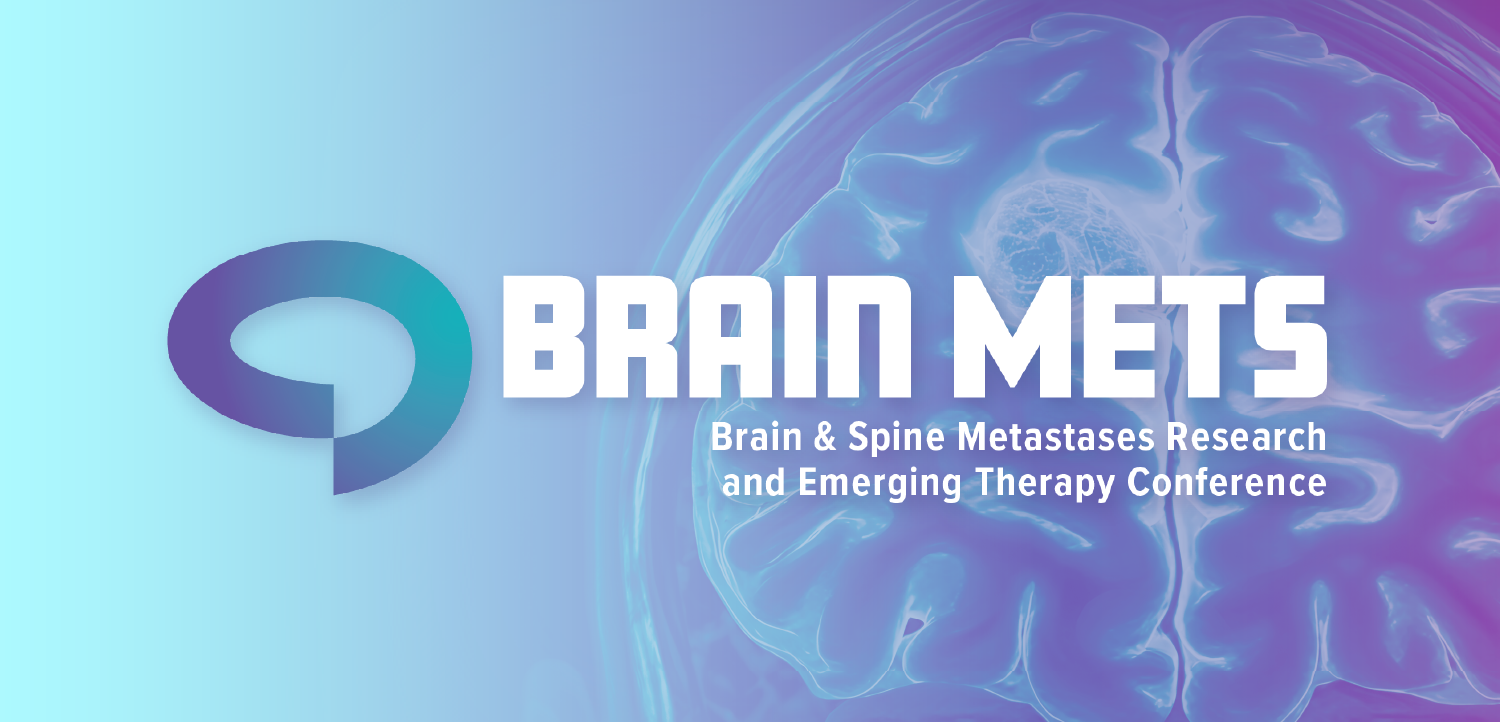
Why ingesting claims data is harder, and more important, than you think | Viewpoint
Better decisions await the organizations who have complete and accurate claims data. It’s difficult to close a care gap when you don’t know the gap exists in the first place.
Healthcare stakeholders are increasingly committed to value-based care (VBC), but many providers are still waiting to reap the financial benefits of these contracts.
Given that we are now 15 years after the passage of the Affordable Care Act—and given how many innovative value-based payment models have sprung up in its wake—hospitals and health systems are looking for the root causes of sluggish returns on VBC.
While there are many components to successful VBC contracts, claims data may actually be one of the most underappreciated keys for health systems looking to unlock faster success.
The industry is catching on: Data integration is getting more time in the limelight as healthcare leaders reflect on VBC. After the National Association of Accountable Care Organizations (NAACOS) fall conference,
To say that linking claims and clinical data across payers and providers requires “time and effort” is likely understating the issue: Ingesting claims data on the provider side is incredibly difficult, yet also foundational to nearly every work stream in value-based care.
Why is it so difficult?
First of all, ingesting claims data is new for providers. They are used to sending out claims data in the context of documenting services and sending bills to health plans for payment. That puts health plans in the more privileged position of being experts at ingesting claims data and analyzing it for business purposes.
Meanwhile, providers—who are just now starting to ingest aggregate claims feeds to gain a more holistic view of the patient and move the needle on quality metrics—are playing catch-up. This asymmetry of experience means that health plans have more information at their disposal when it comes to VBC contracts. Understandably, it’s an imbalance that provider organizations are eager to correct.
Second, data layouts from payers are not at all standardized.
There is little consistency in the way payers deal with simple issues including basic variable definitions. But more importantly, there is even less consistency in significant areas that impact downstream analysis, including the way payers reflect: adjustment, reversal, and denied claims; multiple claims for a single event; definitions of financial fields; eligibility spans; initial and final claims; masked diagnoses; and whether the data is a full refresh or an incremental update.
No two payers are the same, and small misunderstandings in how different payers present their claims and eligibility information can have big impacts on the accuracy of downstream analytic output.
Additionally, these layouts change frequently. Some of these layout changes are small, but when a hospital is managing contracts across multiple payers and each data set includes anywhere from three to 15 files, a series of small changes can throw a meaningful wrench in operations.
Managing these data sets requires a combination of technical expertise and industry knowledge, and these staff are difficult to recruit and retain. Providers may staff these functions with existing IT or analytic resources, and often find out that the specific skill sets, knowledge and experience to integrate the claims data do not exist in these internal resources.
Third, the logistics and operations required to manage all these incoming datasets is a complex task, even before anyone actually works with the data they contain. Providers with one or two VBC contracts may be able to cope, but those who have multiple contracts will soon find managing the incoming files onerous.
Managing the flow of incoming data files requires a system to identify received files, late files, missing files, duplicate files and a way to track operational activities around this function. Managing the content of the incoming data requires a system to dissect and analyze the incoming files to validate the content of the files, specifically related to the population included in the data, the dates of services provided and the consistency of the content of the data files.
Any change in content requires attention and validation before the data can be passed through the ingest process. Small changes that may be difficult to detect may end up significantly impacting downstream analysis, so the ingest process has to be thorough and complete to ensure confidence in the data being passed through for analysis.
Working with data across multiple payers requires a combination of technical expertise and industry knowledge; finding staff with these skills is no small feat.
So, given these challenges, what is the upside of overcoming these barriers? In almost all cases, hospitals and health systems can expect higher confidence in their VBC operations—and here’s why.
Better decisions await the organizations who have complete and accurate claims data. It’s difficult to close a care gap when you don’t know the gap exists in the first place. It’s nearly impossible to understand how providers are performing against population health contracts if the aggregate data for that patient population is incomplete.
Many hospitals and health systems have invested, rightfully so, in analytics teams that are capable of running sophisticated analyses across multiple key VBC areas: HEDIS reporting, care gap closure, network analysis, cost and utilization tracking, population health management, and managing downside risk, among others.
But these reporting areas are only as useful as the underlying claims data—if there are holes, or if a new layout renders it unloadable, then the analysis that departments and C-suites rely on can be misleading. Provider organizations risk making business or care delivery decisions based on faulty data, which undermines the goals of value-based care in the first place.
Claims data is hardly new and shiny in the healthcare industry. But the way claims data are used, and by whom, has shifted significantly with the rise of value-based care. Providers are realizing the difficulty of maintaining in-house expertise given the constantly changing data streams.
Before spending significant time and effort refining their programs and contracts, health systems should make sure that the underlying data is sound. The wrong decisions can be costly, not only for data teams, but for all VBC priorities.
The hospitals and health systems that figure out the data piece of the puzzle will stay ahead of the pack in a competitive environment.
Jonathan Kaye is founder and president of Health Data Innovations.






































